Athletes must put in place fundamental eating principles to optimize well-being. This will ensure they are reaping the greatest benefits of any sports nutrition plan. These everyday eating principles will prevent disease and delay aging. They will lay the nutritional foundation needed for training, competition and recovery.
There are three main ways that proper everyday eating will support adult athletes. They are: fueling, nourishing and healing.
The foods that we consume provide us with the energy we need for the body and brain to function. Athletes also store nutrients from food in the body to provide a backup source of energy when needed. Getting enough high-quality fuel every day will improve performance and enhance athletic longevity.
Nourishing the body with plenty of nutrients ensures that every cell in the body is healthy. When cells are healthy, the body’s physiological processes serve their purpose. The list of processes affected by nutrients from food is endless. Some examples are: digestion, fluid balance, metabolism, gene expression, and protein synthesis.
Food also has the ability to heal. It can balance hormones and mitigate damage from free-radicals. It can support the immune system and reduce inflammation. It can also help us recover from workouts and heal faster from injury.
There are 4 everyday eating principles for athletes that fuel, nourish and heal the body. Here they are!
1. Establish a healthy relationship with food.
Humans have a very psychological relationship with the food choices they make. Over a lifetime, athletes write their own food story which is constantly evolving. The details that make up this food story include:
- How you think about food.
- The food choices you make, and why. (see my post on food values for more on this)
- Your mindset around food before, after and during consumption.
- How food makes you physically feel after you consume it
- What you say to others about food
- Your beliefs and misconceptions about food.
There are so many factors that influence personal food stories and each of these details. The relationship that an individual has with themselves. Knowledge of nutrition and cooking skills. Perceptions of what “healthy” and “unhealthy” mean. Memories, experiences and cultural connections. Self-inflicted restrictions and rules. External factors such as social media, other people, and advertising campaigns. Medical conditions. Willingness and/or ability to spend money on high-quality foods. And so many more.
Having a healthy relationship with food means that there is positivity around eating. It means giving yourself permission to eat foods you enjoy. It means listening to and respecting your body’s cues. It’s being in full control of the choices you make, and not feeling guilt or shame for making them. It’s about viewing food as fuel, nourishment and medicine.
2. Enjoy a variety of high-quality foods.
When you eat a variety of whole foods, you’re giving your body enough nutrients to avoid deficiencies. A mix of various high-quality ingredients boost the nutritional quality of meals. It also allows for flexibility, enjoyment and adventure with food. Thus helping to improve your relationship with food (see #1). A good rule of thumb is to ensure that you’re eating the colors of the rainbow. Or, try eating at least 30 different nature-based foods per day.
Also Read: 4 High protein breakfast recipes
To ensure that you’re consuming enough nutrients, I recommend the Healthy Green Nutrition philosophy. This philosophy is simple.
Eat a lot of high-quality foods, some medium-quality foods and very few low-quality foods. That’s it. And for those who prefer to visualize this, check out this graphic.
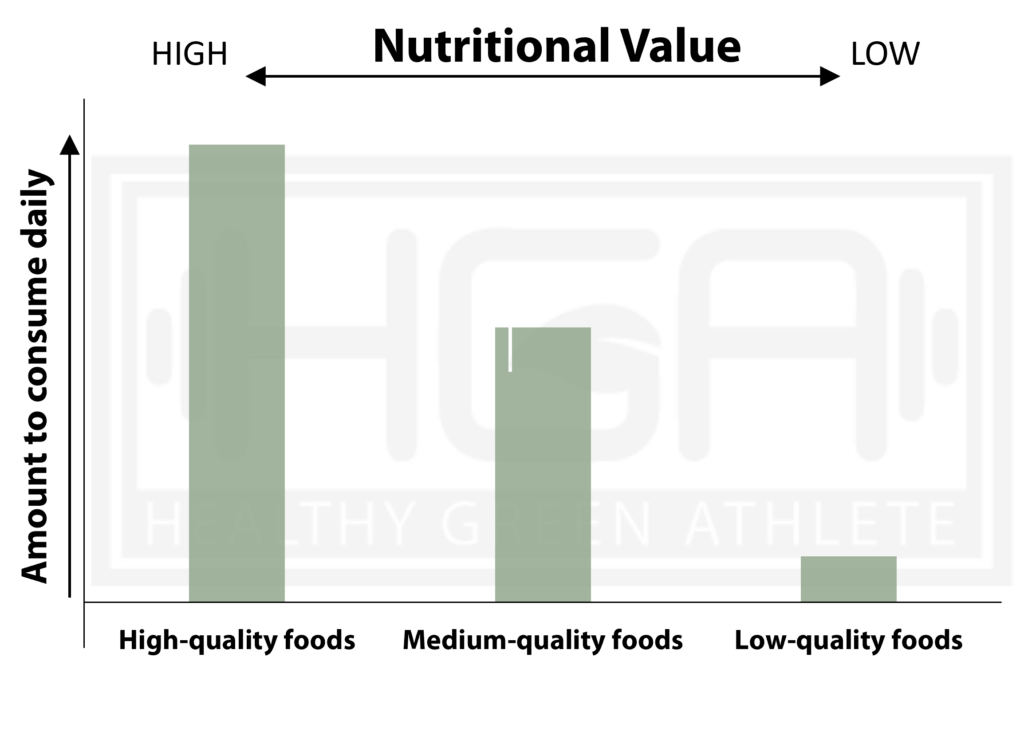
High quality foods are those that contain the 5 categories of nutrients which are: carbohydrates, fats, proteins, micronutrients, and water. These foods are provided by nature in the form of minerals, plants and animals.
They are also unprocessed or minimally processed making them resemble how they are found in nature. Look for ingredients that are freshly picked, locally sourced, and require little to no travel time. And if you have to buy pre-made foods from a store make sure they contain a short list of whole-food ingredients.
Also Read: 23 Pre-workout snacks made with whole food ingredients
High-quality foods are also those foods that your body can process with ease. This means avoiding any whole-food ingredient that may cause inflammation in the body. These can vary based on personal food sensitivities and intolerances. Common examples include: gluten-containing grains, pasteurized dairy products, and foods made from soybeans.
3. Consume enough nutrients to support processes that fuel, nourish and heal.
As stated in #2, food quality is important. Also important is food quantity. Eating an appropriate amount of the right type of calories can work wonders in the body. Consuming enough macronutrients supports your body’s energy demand. Hitting your body’s daily nutrient requirements makes sure that each cell receives nourishment. And consuming a hefty dose of phytonutrients combats oxidative stress which delays aging.
Also Read: 10 Anti-aging foods to preserve your youth
The amount of total nutrients individuals need daily varies. The number of meals and snacks eaten throughout the day can be different. Individual portions vary. And percentages of macronutrients consumed also depends on a variety of factors. It also depends on what goal(s) that person is working toward. Often these goals relate to health, fitness, body composition and/or performance.
Also Read: 5 Tips To Achieve Your Goals Faster
Other factors to consider with nutrient quantity are: age, gender, activity level, body weight, hormonal status, and the quality of foods regularly consumed.
Want to learn more about the quality and quantity of nutrients that will work for YOU? Let’s chat! Click here to schedule a free 30-minute discovery session with me.
4. Replenish fluid loss and maintain electrolyte balance.
Dehydration can be a major impedement to the body’s form and cell function. Even a 1.5% loss in fluid can cause dehydration symptoms to occur. Even slight dehydration can cause cortisol levels increase and energy levels decrease. At the cellular level, dehydration causes reduced oxygen delivery to cells, and an imbalance in cellular fluid.
Dehydration occurs when the fluid and electrolyte losses are greater than the fluid and electrolyte gains. Losses occur from urination, bowel movements, sweat and breathing. Gains occur from consuming salt, liquids, and high-fluid foods (fruits and vegetables).
Also Read: 4 Easy Ways to Maintain Fluid and Electrolyte Balance
Electrolytes are naturally occuring minerals in salts that dissolve in water. Examples are sodium, potassium, magnesium and calcium. The charged ions of these minerals transfer impulses between cells through fluid. They are the energetic driver of thousands of biological actions. As an example, they generate activity in muscle and nerve cells. Without them, we see impairment in mental and physical performance.
And it’s important to establish this balance daily. Not just on heavy training or high-exertion days. You can maintain your balance first by consuming plenty of water (at least of 100 ounces per day). And also by consuming foods that contain electrolytes. The best sources are sea salt, pink Himalayan salt, fermented foods, and seaweed. Other great sources include fruits, vegetables, coconut water, and bone broth.
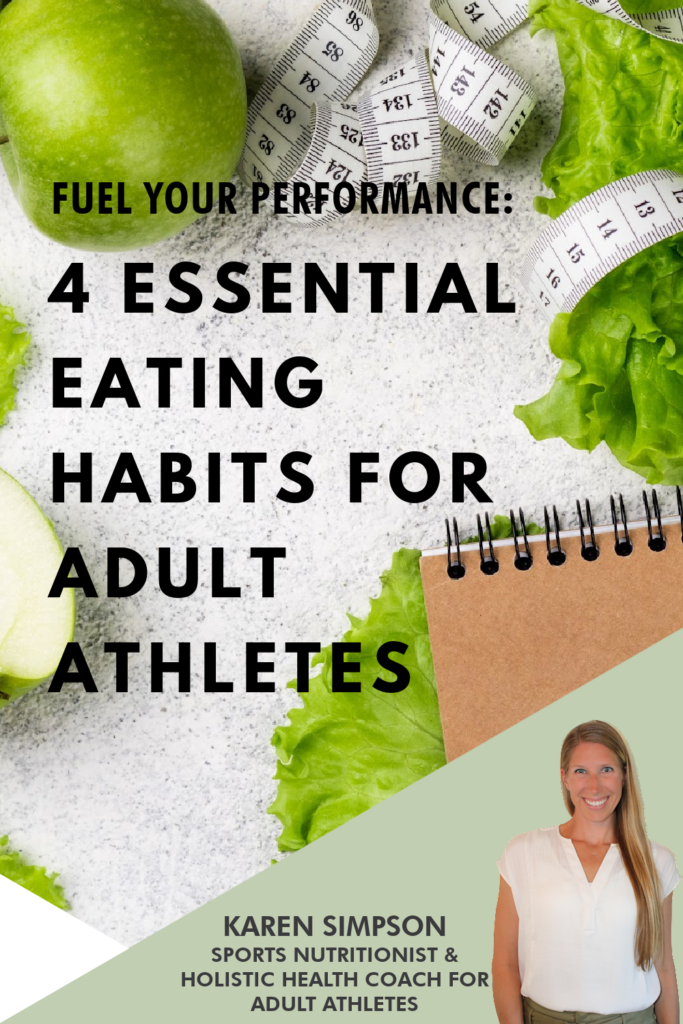
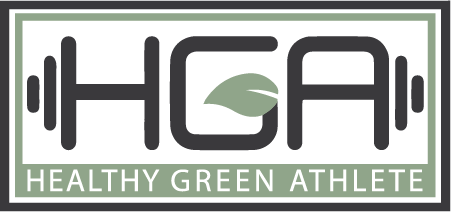
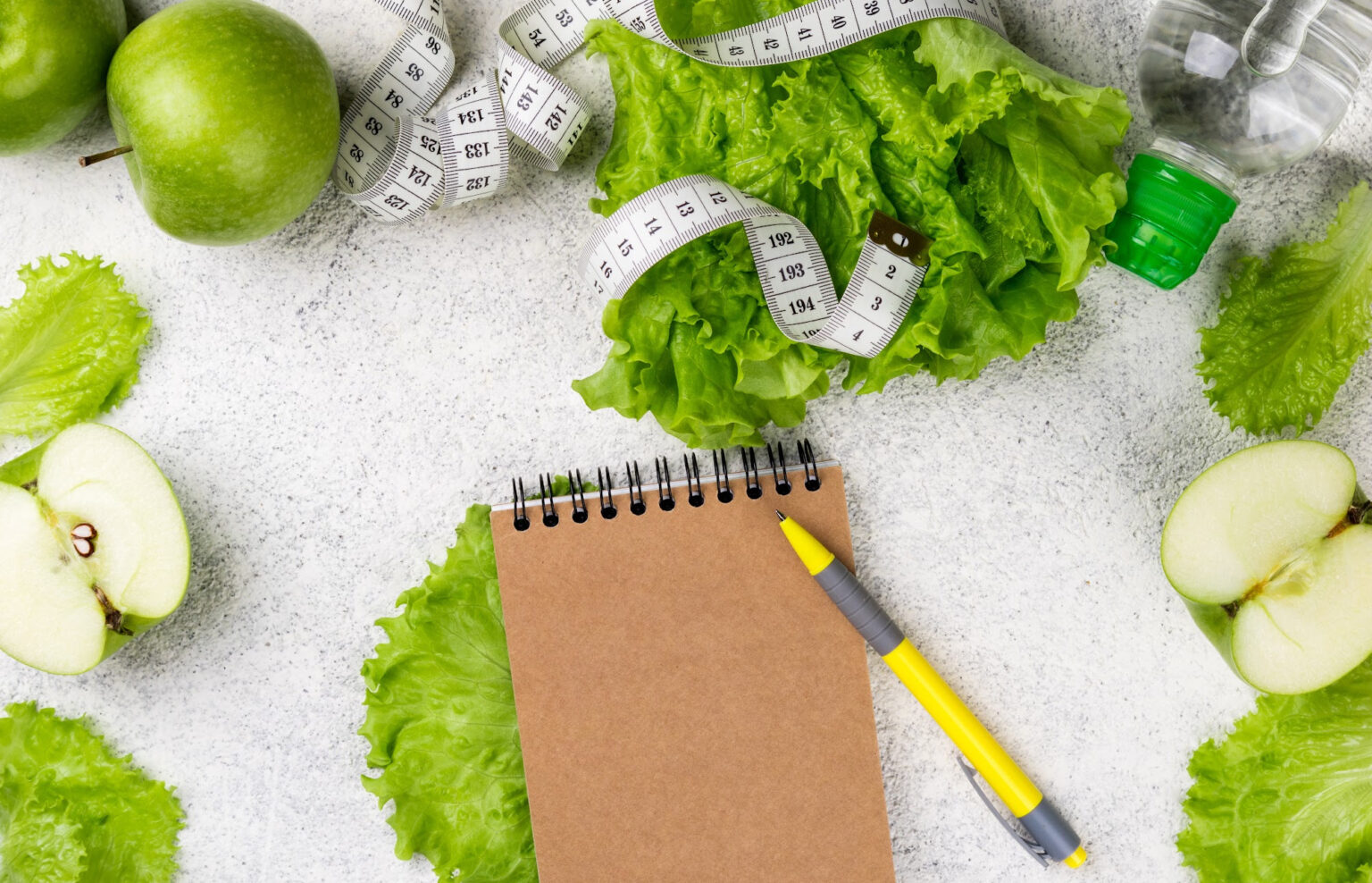
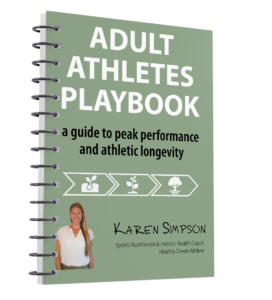

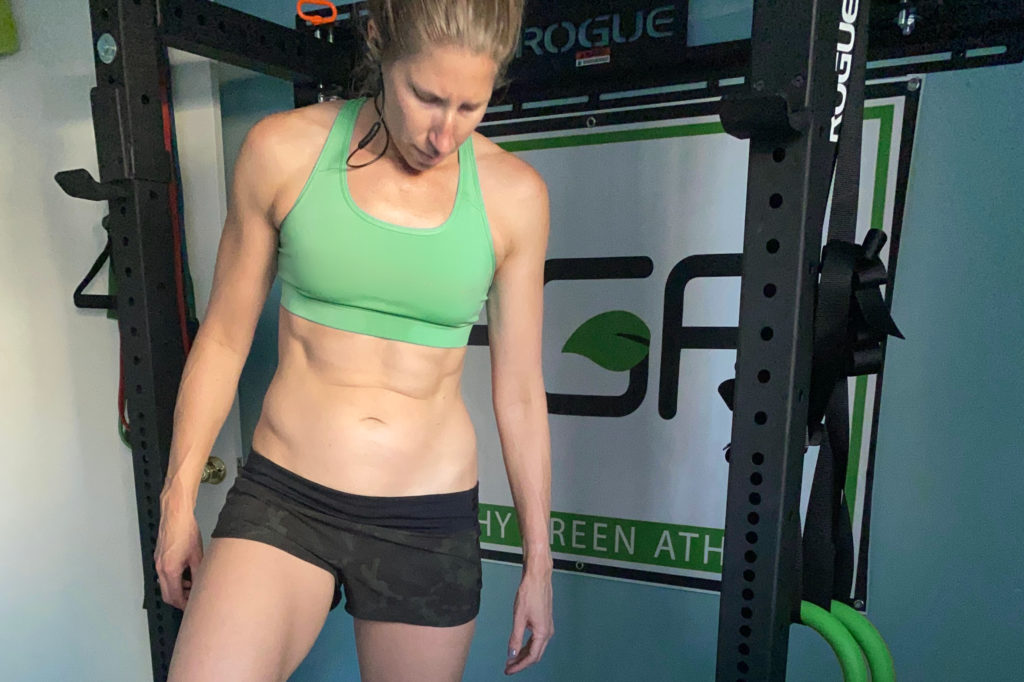

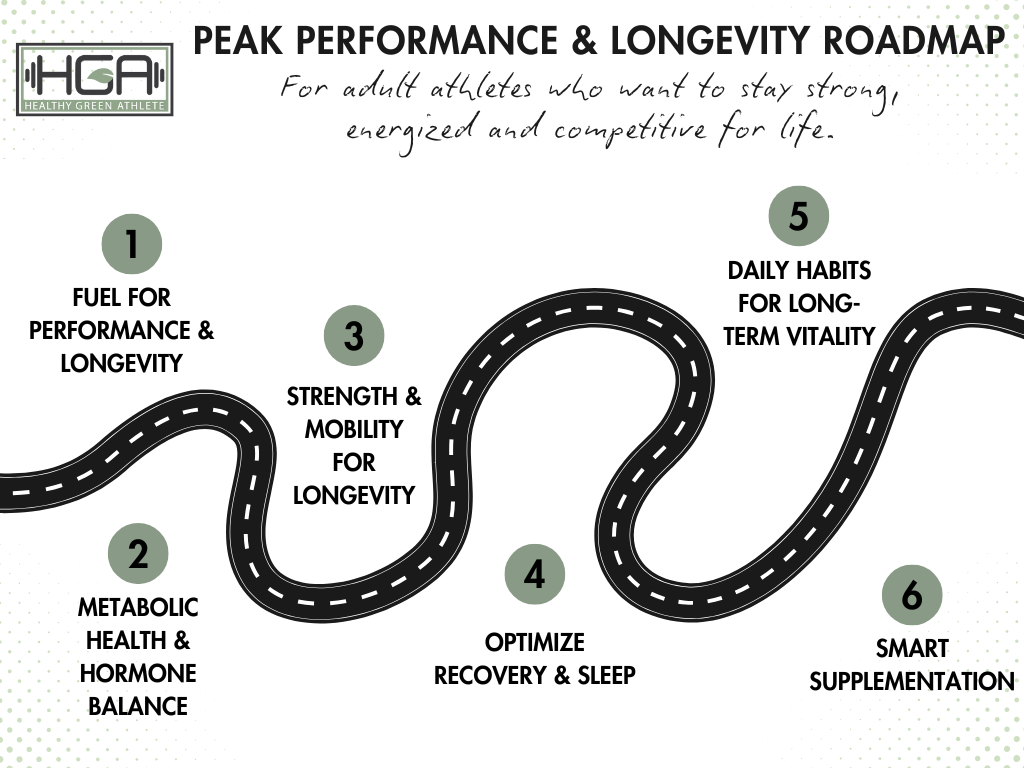
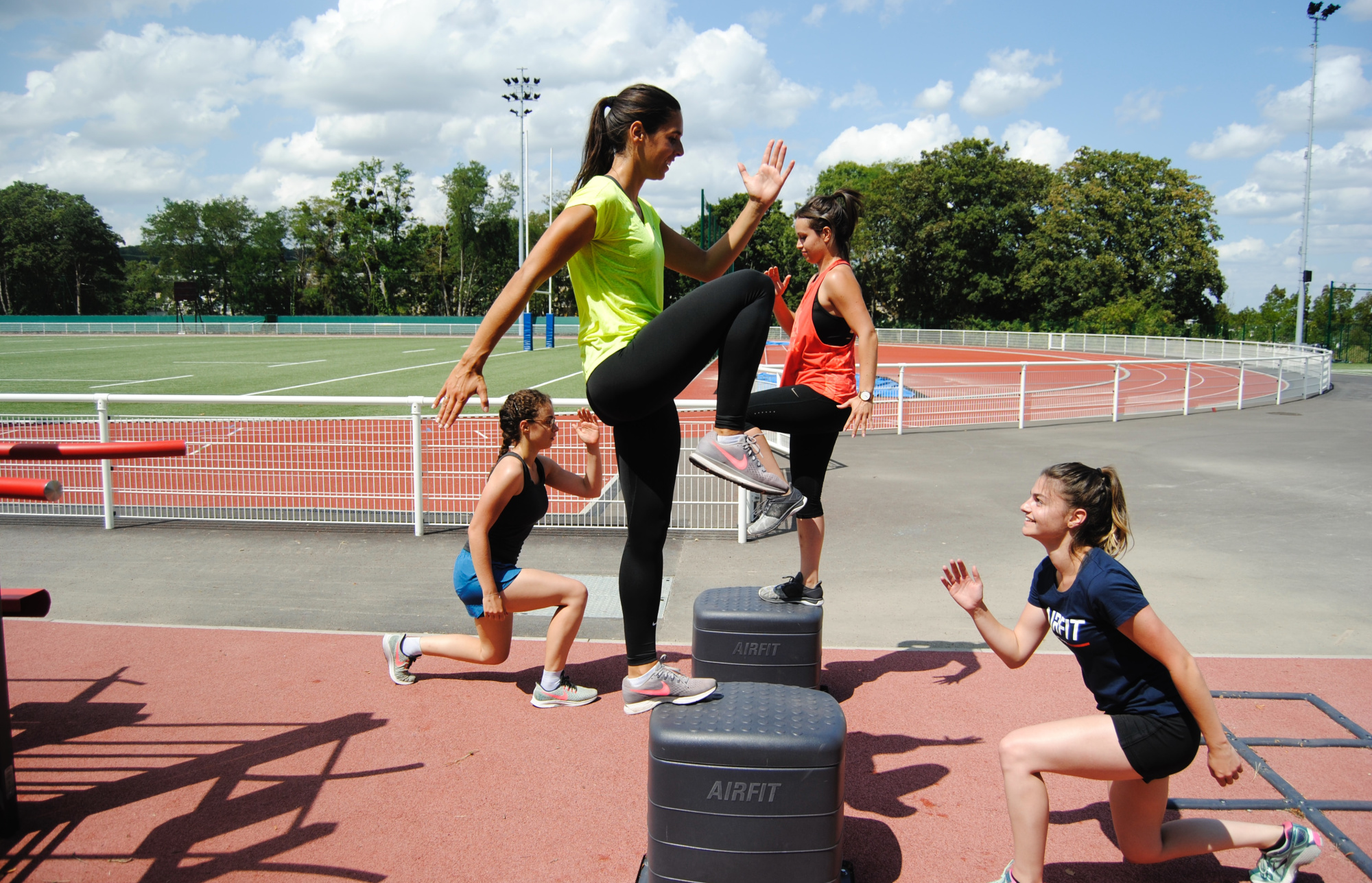
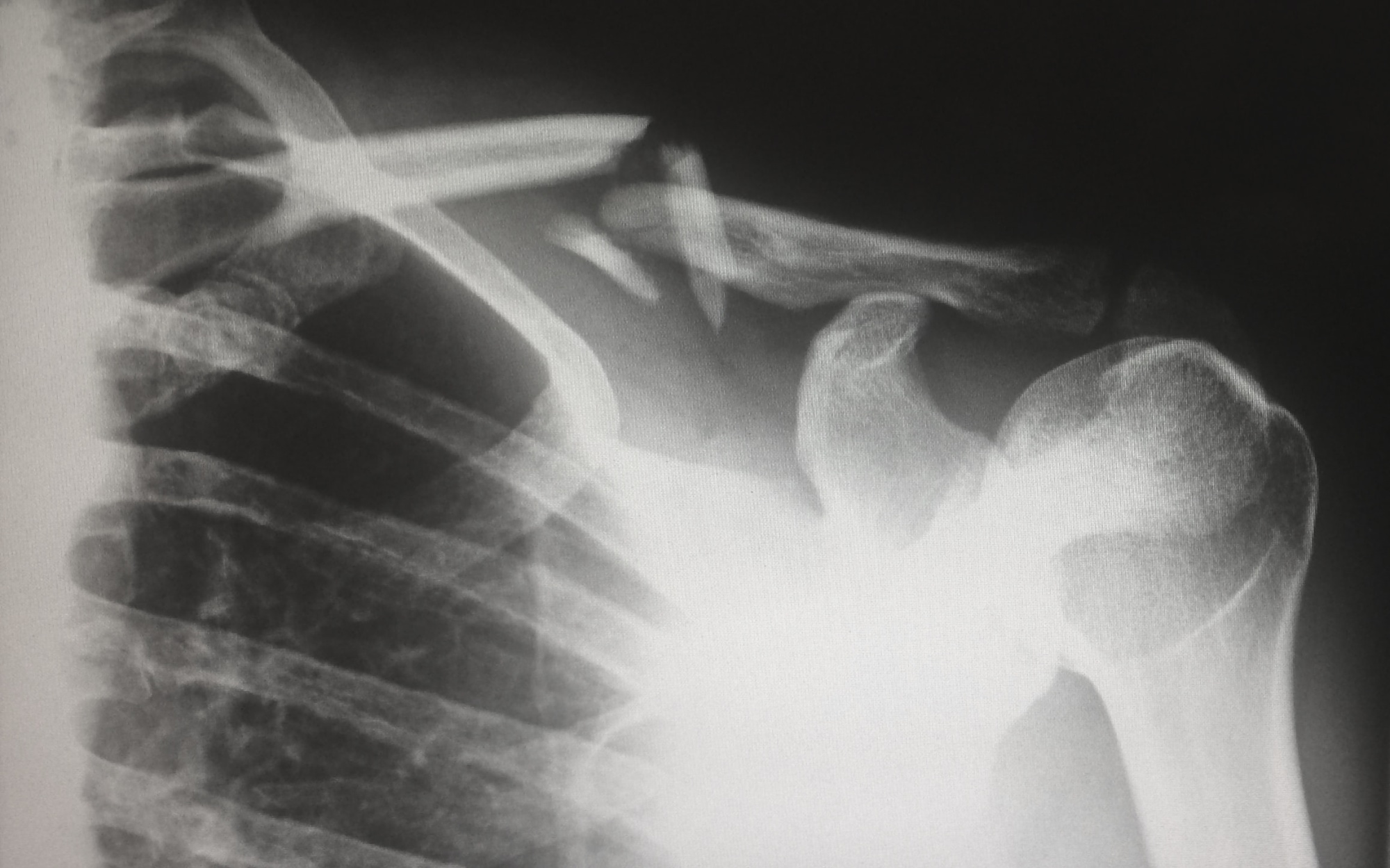

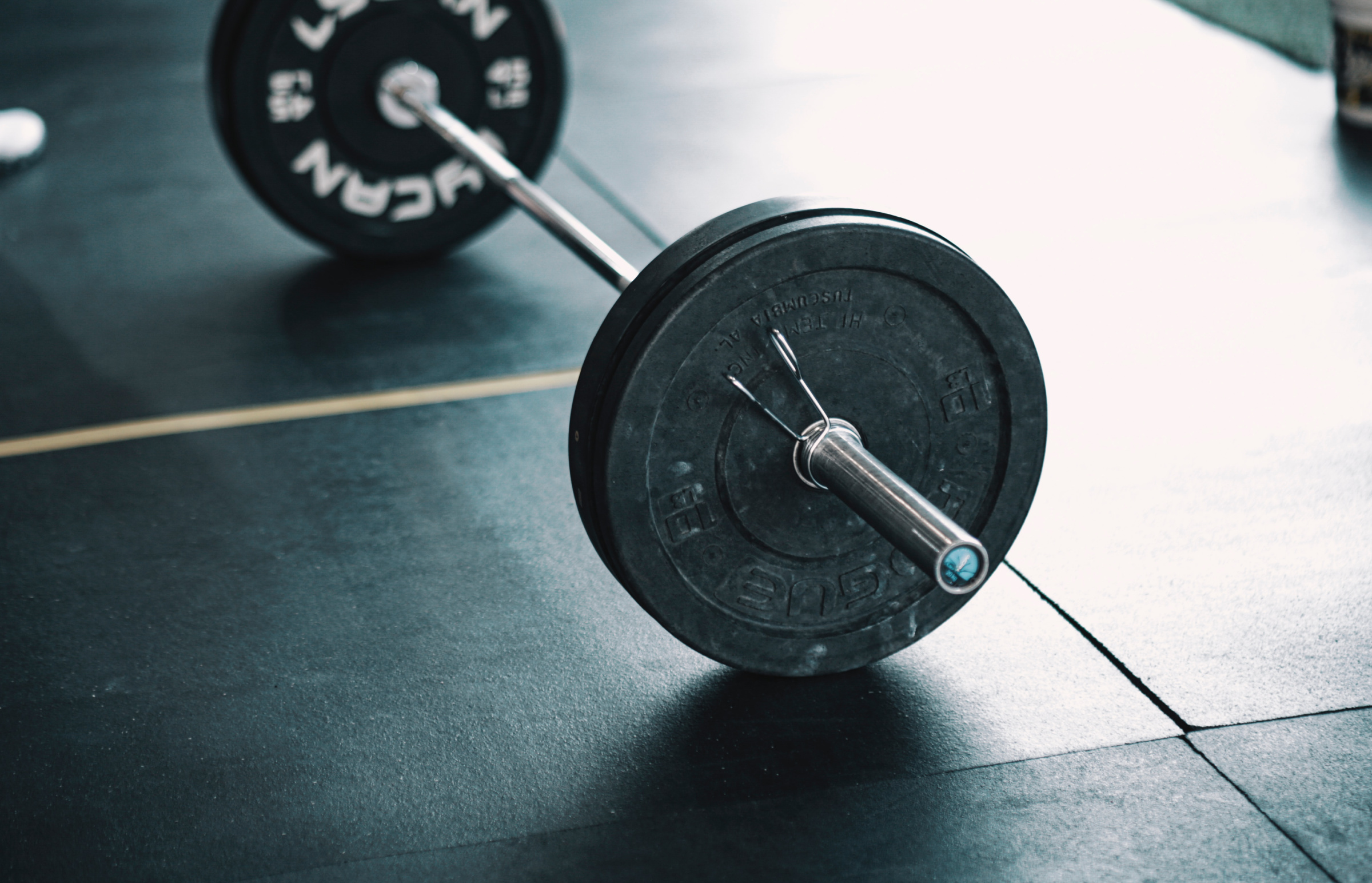


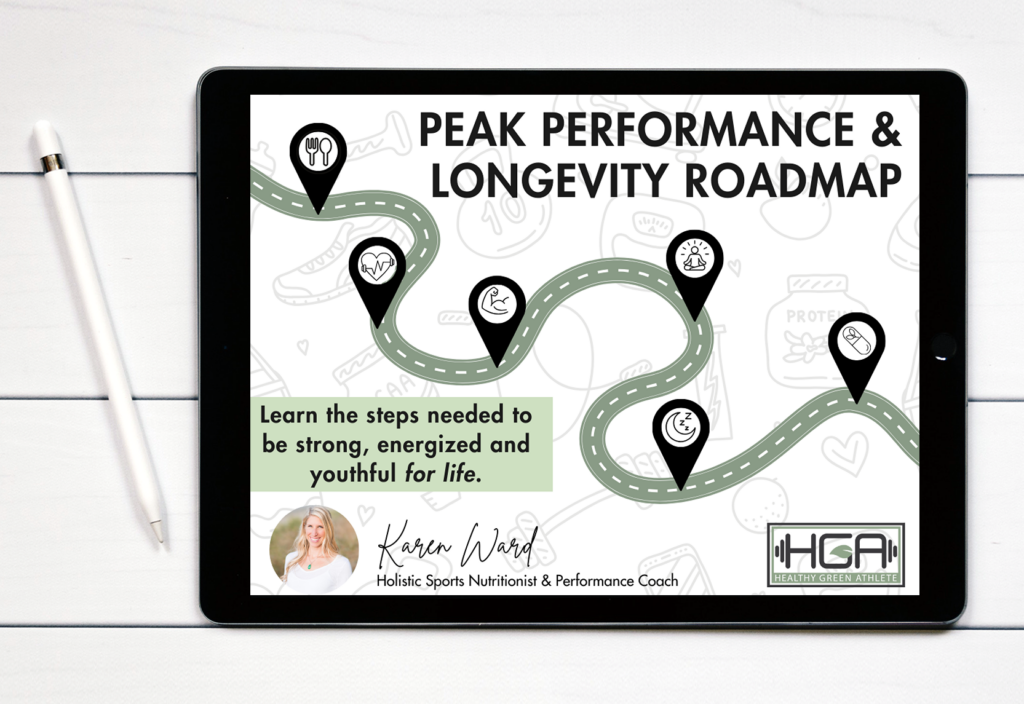
2 Comments
Pingback:
Pingback: